
The Fokker XB-8 was a bomber built for the United States Army Air Corps in the 1930s, derived from the high-speed Fokker O-27 observation aircraft.

The Spanish Air and Space Force (SASF) is the aerial and space warfare branch of the Spanish Armed Forces.

Aeronáutica Industrial S.A. is a Spanish aeronautical company. The predecessor company, Talleres Loring had been founded by Jorge Loring in 1923.
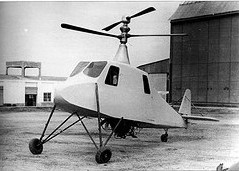
The Libélula Viblandi, or Libélula Española was an early helicopter developed from 1924 by Federico Cantero Villamil, a Spanish civil engineer also known for the dams he constructed and planned along the river Duero.
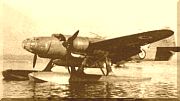
The Fiat RS.14 was an Italian long-range maritime strategic reconnaissance floatplane. The RS.14 was a four/five seat all-metal cantilever low/mid-wing monoplane powered by two wing-mounted 626 kW (840 hp) Fiat A.74 R.C.38 engines. It had a conventional cantilever tail unit with a single fin and rudder. Its undercarriage consisted of two large floats on struts. It had a glazed nose for an observer or bomb aimer. The pilot and copilot sat side by side with a wireless operator's compartment behind them. In the bombing role the RS.14 was fitted with a long ventral gondola to carry various combinations of anti-submarine bombs.

The Fokker C.IV is a 1920s Dutch two-seat reconnaissance aircraft that was designed and built by Fokker.

The Lohner B.I was a military reconnaissance aircraft produced in Austria-Hungary during World War I. As Lohner strove to perfect the design, a variety of increasingly powerful engines were fitted, reflected in a range of military designations from B.II through to B.VI until the definitive B.VII was finally produced. This last version was also produced in an armed variant, designated the C.I.

The Loring R-III or R-3 was a 1920s Spanish two-seat sesquiplane reconnaissance and light attack aircraft designed by engineer Eduardo Barrón and built by Dr. Jorge Loring's company — Talleres Loring.

The Loring R-1 or R-I was a reconnaissance aircraft and light bomber produced in Spain in the late 1920s. It was the first design by Eduardo Barron for Jorge Loring's company — Talleres Loring, and the firm's first aircraft of its own design.

The CASA III was a 1920s Spanish two-seat monoplane, designed by Luis Sousa Peco and built by Construcciones Aeronáuticas SA (CASA) at Getafe near Madrid.

Jorge Loring Martinez was a Spanish engineer and entrepreneur, pioneer of civil aviation in that country, and considered by the Spanish Patent Office one of their great inventors. Grandson of businessman and politician Jorge Loring y Oyarzábal, he was born into a wealthy family which from the beginning of the century was dedicated to banking, mining, steel and railways.

Museum of Aeronautics and Astronautics, also known as Air Museum, is an aviation museum located near of Madrid, is situated at Cuatro Vientos Air Base, Spain. The objective of the museum is to acquire, conserve and display the aircraft, equipment and associated paraphernalia that constitute the historical heritage of the Spanish Air and Space Force. It has an exterior exhibition and seven hangars.

The Hispano Suiza E-30, later renamed Hispano E-30, was designed in Spain in 1930 as a multi-purpose intermediate trainer. It was a single engine, parasol wing monoplane. About 25 served with the Spanish armed forces until 1945.
The Academy of Military Engineering of Guadalajara was a military academy in Guadalajara, Spain. It operated in Guadalajara from 1833 until its move to Segovia in 1932 as part of its merger with the Artillery Academy.

The AME VI was a reconnaissance aircraft, produced in Spain in the mid 1920s.
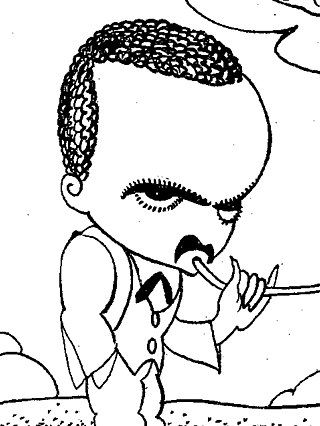
Eduardo Barrón was a Spanish aeronautical engineer and military pilot who led the design department at Talleres Loring from 1923 to 1930.
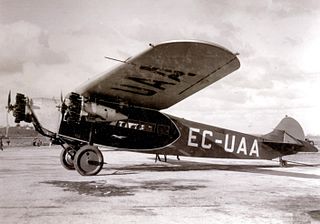
Compañía de Líneas Aéreas Subvencionadas, meaning 'Subsidized Airlines Company', mostly known as CLASSA, was a Spanish airline based in Madrid, Spain.
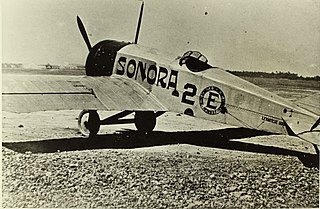
The TNCA Serie E was a family of various monoplanes built in Mexico by the Talleres Nacionales de Construcciones Aeronáuticas.



















